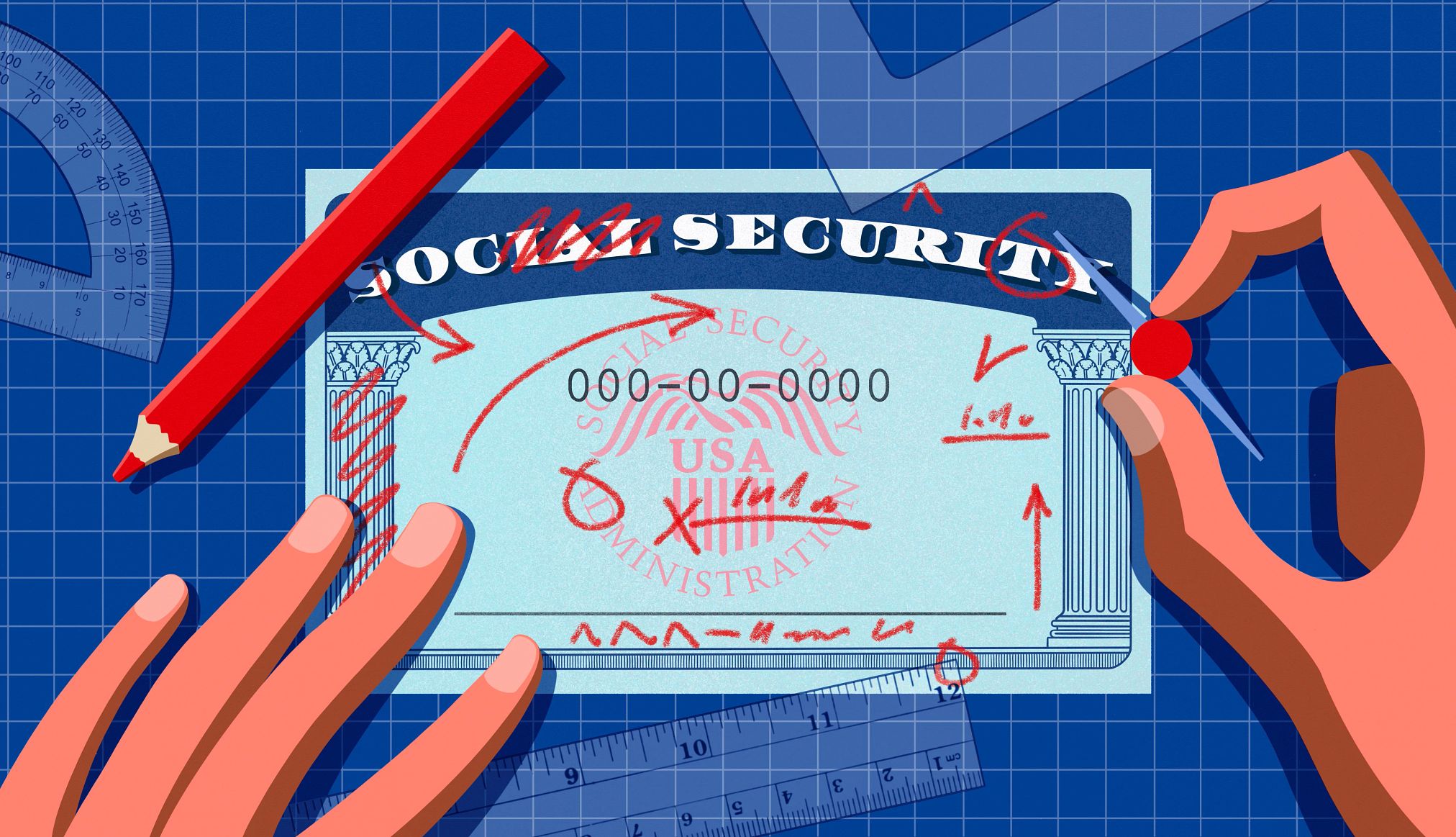AARP Hearing Center


From the highly anticipated cost-of-living adjustment (COLA) to a less-welcome hike in Medicare premiums, Social Security beneficiaries will see several big changes in 2026.
The developments are driven by new federal policies and economic shifts, such as inflation and income trends, that affect the more than 70 million people receiving Social Security benefits, as well as the estimated 185 million workers (and future beneficiaries) paying into the system.
Here’s what you need to know about Social Security in 2026:
1. COLA
Inflation has ticked up in recent months, resulting in a 2.8 percent COLA for 2026 for people receiving Social Security and Supplemental Security Income (SSI) payments. That’s up from a 2.5 percent COLA in 2025.
The Social Security Administration (SSA) estimates that the average retirement benefit will rise by about $56 a month, from $2,015 to $2,071, starting with the payments going out in January 2026. (SSI recipients will get their first COLA-boosted payment Dec. 31.)
In an AARP survey conducted in September, 77 percent of older adults said a 3 percent COLA for 2026 would not be enough to help them keep up with rising prices. The average COLA since 2000 has been about 2.6 percent, even factoring in the spike in consumer prices that produced benefit increases of 5.9 percent in 2022 and 8.7 percent in 2023.
The COLA is applied to survivor benefits, family benefits and Social Security Disability Insurance (SSDI) as well as retirement benefits, and to SSI, a monthly benefit administered by the SSA for people with low incomes and limited assets who are 65 or older, blind or have a disability.
2. Medicare premiums
The Centers for Medicare & Medicaid Services announced on Nov. 14 that the standard monthly premium for Medicare Part B, which covers doctor visits and other outpatient care, will climb in January from $185 to $202.90, a 9.7 percent increase. The final premium hike will be announced later this fall.
Most Medicare enrollees pay this standard rate, typically as a deduction from their Social Security payments, so the premium increase has the effect of partially offsetting the COLA, by $17.90 per month.


































































More From AARP
Can Your Savings Boost Your Social Security?
Retirement account withdrawals can be a bridge to a bigger retirement benefit
Social Security Worries Loom Large for Gen X
Program’s uncertain financial future fuels concern for a generation nearing retirement
Would a Shutdown Delay Social Security?
Some services would be affected, but benefit payments would go on